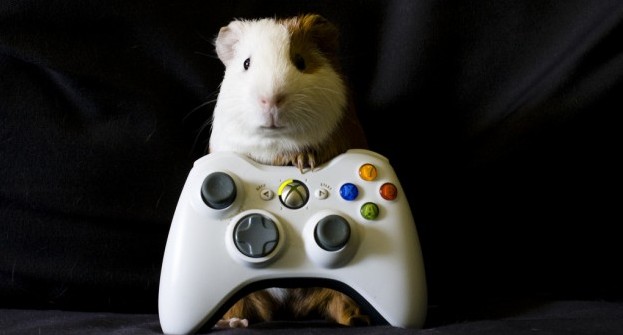 Even if Santa brought your family a slew of new video games, you can benefit your anxious child – and your entire family – if you shut down electronics for a few weeks. Before you and your anxious kid start to panic here, check out the how and why of the deal and then decide if it sounds like a go.
Even if Santa brought your family a slew of new video games, you can benefit your anxious child – and your entire family – if you shut down electronics for a few weeks. Before you and your anxious kid start to panic here, check out the how and why of the deal and then decide if it sounds like a go.
Here comes the why, taken from Dr. Victoria Dunckley’s article at Psychology Today. She says a few weeks without screens can result in the following conditions for your anxious child:
- Brighter, more relaxed mood
- Improved sportsmanship (tolerates losing better, less cheating etc)
- Increased creativity and interest in physical play
- Improved eye contact and verbal conversation
- Enhanced empathy (yes, this can happen after only a couple of weeks!)
- Renewed interest in old activities (legos, models, sports, board games, jewelry making, puzzles, etc, being with family)
- More helpful around the house, chores are completed more easily
- Improved sleep: more time spent in the deep stages of sleep (3 &4); reduced muscle tone during sleep; melatonin (sleep chemical) levels return to normal, which in turn affect serotonin balance (mood and sense of well-being)
- Reduction of neuropsychiatric phenomenon, like tics, seizures (all kinds), and headaches
- Improved blood flow to the frontal lobe and to vital organs
- Decreased time spent in fight-or-flight, and more time spent in healing states
Dunckley stresses that time away from electronics means they are shut down and shut off all day long. Even a small amount of time at the screen can make it impossible to achieve these awesome results.
Although the results of going screen-free are loads of fun, getting your kids off the electronics may not be as amusing. These tips can help cover the how part of the deal:
Remind your anxious kid screen-free is not forever. Treat the screen-free phase as an experiment or, better yet, a challenge or a game. Explain you want to find out how much fun your family can have without electronics and your child gets to be the game’s main star!
Substitute interactive activities to pick up the slack. Remember those old-fashioned pastimes called board games? What about playing cards and books and sketch pads and craft projects? All can serve as fun activities that don’t need to be plugged into a wall socket to work.
Make them go outside! While we’re not sure if KidsHealth.org was coining the phrase “Nature Deficit Disorder” as an honest-to-goodness condition or a joke, we do know it’s a hazard. Try creating outdoor games or treasure hunts, asking kids to find out what’s under the rocks or what kind of wildlife they can spot at the nearby park.
Starting small can get kids acclimated to the outdoors, the National Wildlife Federation says, with 15-minute outdoor excursions you can eventually build into a daily dose of nature. Call it the “green hour” and let the kids frolic for a full 60 minutes of unstructured play and nature interaction.
SOURCES:





